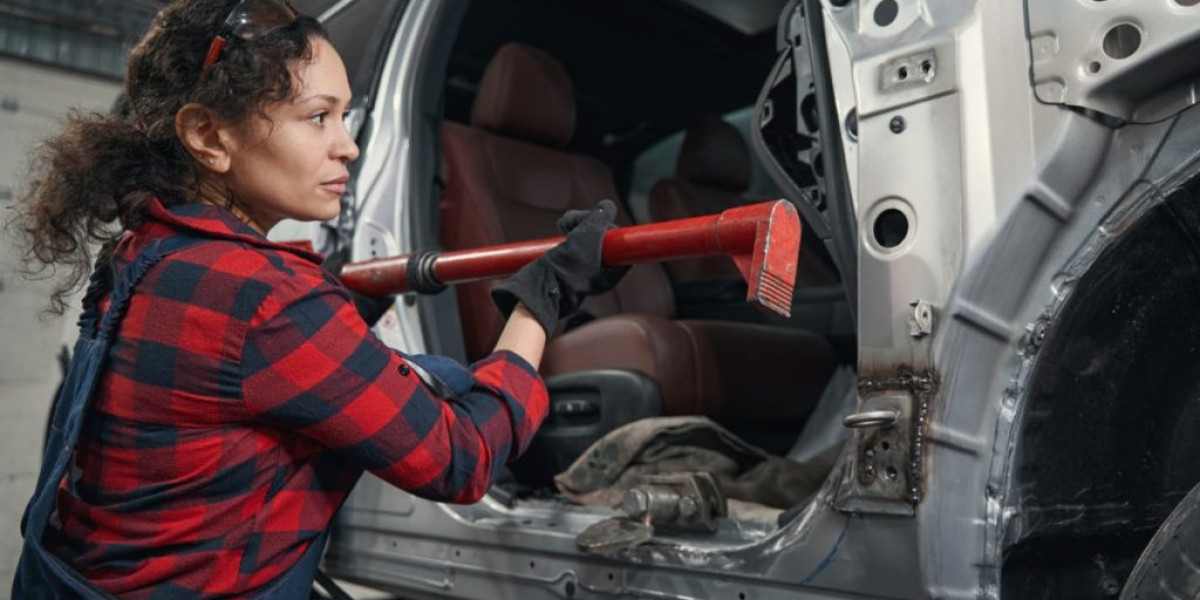The automotive collision repair market has seen remarkable growth and modernization in recent years, driven by evolving technologies, increasing vehicle complexity, and changing consumer expectations. However, alongside these advancements lie several substantial threats that could hinder the industry’s development and disrupt long-established business models.
Understanding the key threats facing the collision repair sector is critical for stakeholders—including independent shops, dealership service centers, OEMs, insurers, and parts suppliers—to prepare for change and adopt proactive strategies. In this article, we examine the most pressing risks currently influencing the automotive collision repair market and explore how they are shaping its uncertain future.
Rising Vehicle Complexity Increases Repair Challenges
One of the most prominent threats to the automotive collision repair industry is the increasing complexity of modern vehicles. With the widespread integration of advanced driver-assistance systems (ADAS), high-strength lightweight materials, sensors, and smart electronic modules, repairing a vehicle post-collision is no longer a straightforward task.
ADAS-equipped vehicles require precision recalibration after a collision, and even minor repairs—such as bumper or windshield replacements—may impact critical systems like lane departure warnings or adaptive cruise control. Shops that lack the specialized tools or expertise to handle these systems are at risk of losing relevance and market share.
Moreover, repairing lightweight aluminum or carbon-fiber components demands different techniques and equipment compared to traditional steel-based structures. This shift increases both repair costs and the potential for errors if technicians are not properly trained.
Shortage of Skilled Labor Hampers Industry Productivity
The shortage of skilled labor continues to be one of the biggest threats facing the collision repair industry. As older technicians retire and fewer young workers enter the trade, repair centers are struggling to find certified professionals with the necessary technical knowledge and experience.
The demand for technicians who can work with complex diagnostic systems, perform ADAS recalibration, and follow OEM procedures far outpaces supply. Without sufficient human capital, repair facilities face longer turnaround times, reduced capacity, and lower customer satisfaction.
Additionally, attracting new talent to the industry has proven difficult due to outdated perceptions of auto repair work, limited vocational training availability, and increasing competition from other technical fields. Without investment in education and outreach, the technician gap will continue to grow, threatening the sector’s long-term viability.
Escalating Repair Costs Impact Consumer and Insurer Decisions
Another significant threat is the escalating cost of repairs, driven by expensive parts, labor shortages, and sophisticated technology. As the cost of repairing damaged vehicles increases, insurers are more frequently declaring vehicles as total losses rather than approving repair jobs.
This trend has a two-fold impact: it reduces the volume of repair work flowing into collision shops and alters the economic model of repair centers that rely on high-value repairs for profitability. Consumers, too, may be deterred by high out-of-pocket expenses for repairs not fully covered by insurance, choosing to delay or avoid service altogether.
Repair facilities also face price pressure from insurers seeking to control claim costs, further squeezing margins and affecting sustainability—especially for independent or small operators who lack volume-based leverage.
Market Consolidation and OEM Influence Redefining Competition
Market consolidation is reshaping the collision repair industry, with large repair networks, franchised operations, and OEM-certified centers increasingly dominating the landscape. These players benefit from stronger branding, access to exclusive training, and standardized procedures that meet insurer and manufacturer requirements.
Independent repair shops, in contrast, may struggle to compete without access to OEM repair data, specialized tools, or direct relationships with insurers. As automakers push to control more of the repair lifecycle through certification programs and proprietary technology, smaller operators risk exclusion from the broader repair ecosystem.
Furthermore, OEMs are increasingly designing vehicles with embedded technology that requires post-collision servicing within their certified networks—limiting access for non-affiliated repair providers and reducing competitive flexibility.
Regulatory Compliance and Environmental Constraints
Environmental regulations and safety compliance also pose challenges for repair facilities. Many regions now mandate stricter rules around the handling of hazardous materials, VOC emissions from paints and coatings, and waste management. Meeting these requirements often demands investment in new infrastructure, training, and processes—all of which raise operational costs.
Failure to comply can result in fines, shutdowns, or reputational damage. For smaller repair shops operating with limited budgets, maintaining regulatory compliance may be burdensome and unsustainable.
In addition, as vehicles transition to electric drivetrains, shops must prepare to handle new safety concerns, including high-voltage battery systems. Without the necessary certifications and safety protocols, shops risk being left behind as EV adoption grows.
Digital Disruption and Customer Expectations
Finally, shifting customer expectations and digital disruption represent an emerging threat to traditional repair models. Today’s consumers demand digital communication, fast service, real-time repair tracking, and contactless transactions. Repair centers that lack digital tools and platforms risk losing business to more technologically advanced competitors.
Mobile repair services, online estimates, and app-based scheduling are becoming standard in urban markets. Shops that do not adapt may find it increasingly difficult to attract and retain tech-savvy customers who prioritize convenience and transparency.
Conclusion
The automotive collision repair market faces an array of formidable threats—from rising repair costs and skilled labor shortages to increasing vehicle complexity and market consolidation. While the industry has shown resilience and adaptability, these challenges demand strategic action and ongoing investment.
To remain competitive, collision repair businesses must embrace innovation, upskill their workforce, collaborate with insurers and OEMs, and align with evolving consumer and regulatory expectations. By recognizing and addressing these threats head-on, the industry can build a more sustainable and future-ready foundation in a rapidly transforming automotive landscape.








